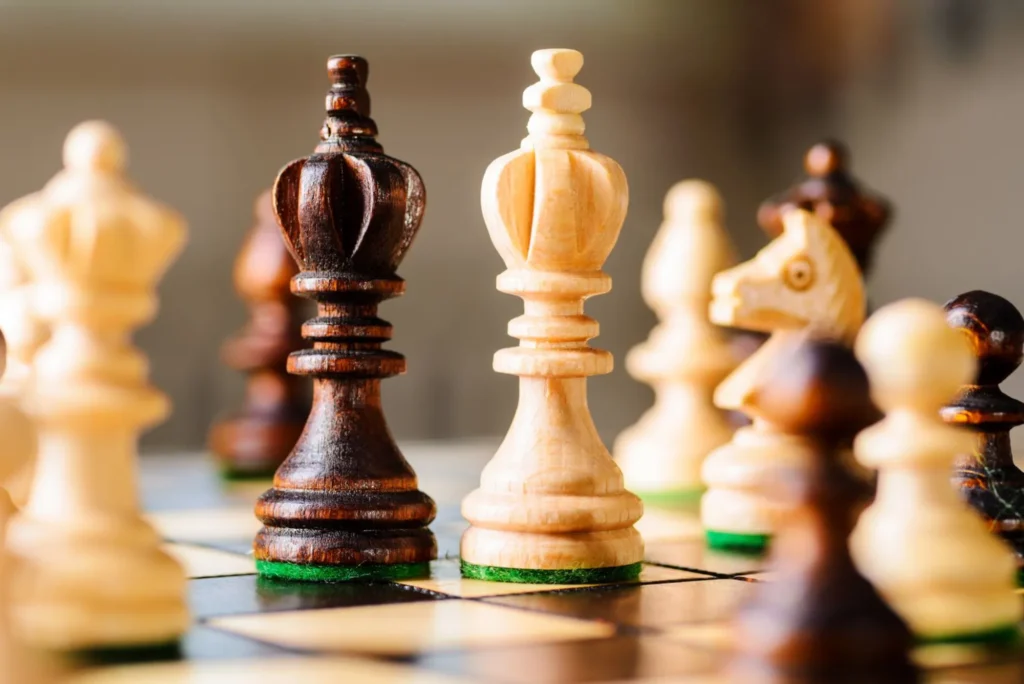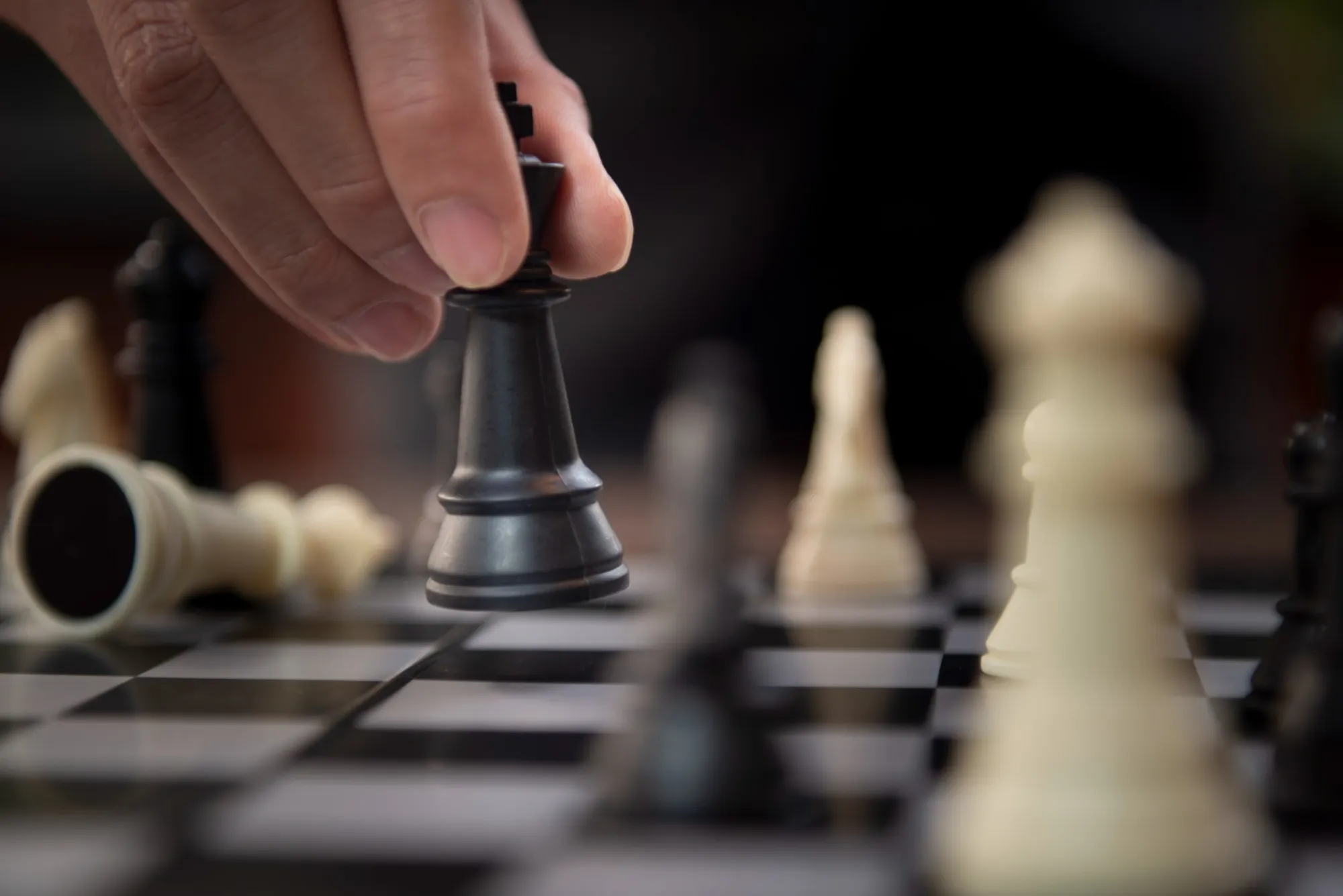Chess is one of the oldest and most intellectually challenging games in the world. Its rich history and strategic depth have captivated players for centuries. This article explores the origins of chess, tracing its evolution from ancient games to the modern version we know today. Additionally, we’ll touch on other historical games, including the “whole game,” to provide a broader context for chess’s development.

Historical Context of Chess
Chess has a long and storied history that spans several cultures and civilizations. Originating in ancient times, it has been a significant part of intellectual and recreational life across various societies. Understanding the history of chess involves looking at how it transitioned through different cultures and time periods, reflecting the shifting strategies and societal values of its eras.
Early Forms of Chess
The earliest form of chess-like games can be traced back to India, where a game called Chaturanga was played around the 6th century. Chaturanga, which translates to “four divisions of the military,” featured pieces representing infantry, cavalry, elephants, and chariots, similar to modern chess’s pawn, knight, bishop, and rook.
As the game spread to Persia, it evolved into Shatranj. The Persian game maintained many similarities with Chaturanga but introduced changes in rules and piece movements. From Persia, Shatranj traveled to the Islamic world and eventually to Europe, where it continued to evolve.
Key Figures in Chess Evolution
Several historical figures have played pivotal roles in the evolution of chess. In Persia, the game was refined by scholars and players, and it was through their contributions that Shatranj spread to other regions. Notable figures include the Persian mathematician Al-Adli, who documented the rules of Shatranj in the 9th century.
In Europe, the game underwent significant changes during the Middle Ages, particularly in Spain and Italy. The Italian chess player and writer Giovanni di Simplicio, for Invented the Chess Game instance, played a crucial role in popularizing and standardizing the rules of modern chess.
The Evolution of Modern Chess
The transition from medieval chess to the modern game involved several key changes in the rules and gameplay. By the 15th century, European players introduced moves like the queen’s powerful movement and the bishop’s diagonal capabilities, which transformed the game into its modern form.
The establishment of international chess organizations in the 19th and 20th centuries helped standardize rules and foster global competition. The creation of the World Chess Federation (FIDE) in 1924 was a significant milestone, promoting chess as a worldwide competitive sport.
Chess and Other Historical Games
Comparing chess to other historical games provides valuable insights into its development. The “holi game,” for instance, offers a contrast in both gameplay and cultural significance. While chess focuses on strategic military tactics, the “Holi game” (associated with the Indian festival Holi) involves vibrant, celebratory play with colors, reflecting a different cultural and recreational aspect.
Both games highlight the diverse ways in which societies have engaged with play and strategy throughout history, though their purposes and styles differ significantly.
Chess in the Modern Era
In the modern era, chess has seen a dramatic transformation with the advent of technology. Computer programs and online platforms have revolutionized how the game is played and studied. Chess engines like Stockfish and AlphaZero have enhanced players’ understanding of strategies and openings, providing new dimensions to the game.
The rise of online chess platforms has made the game more accessible, allowing players from around the world to compete in real time and engage with a global chess community.

The journey of chess from its ancient origins to the modern game reflects a rich tapestry of cultural and intellectual development. From Chaturanga to Shatranj and finally to contemporary chess, the game has evolved significantly. Comparing it to other historical games, like the “whole game,” underscores the diverse ways in which games can reflect and shape the human experience. Chess’s enduring popularity is a testament to its deep strategic complexity and cultural significance, continuing to challenge and inspire players around the globe.






